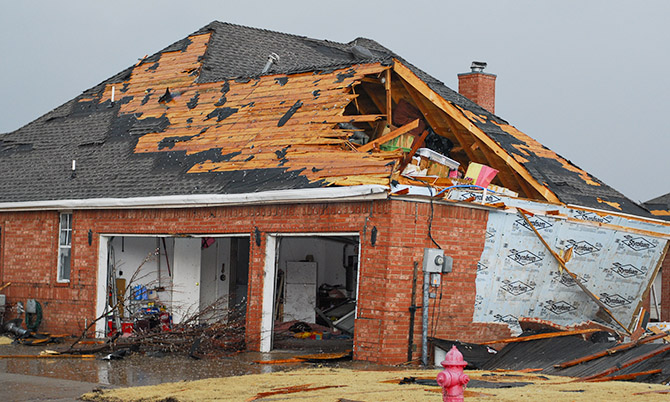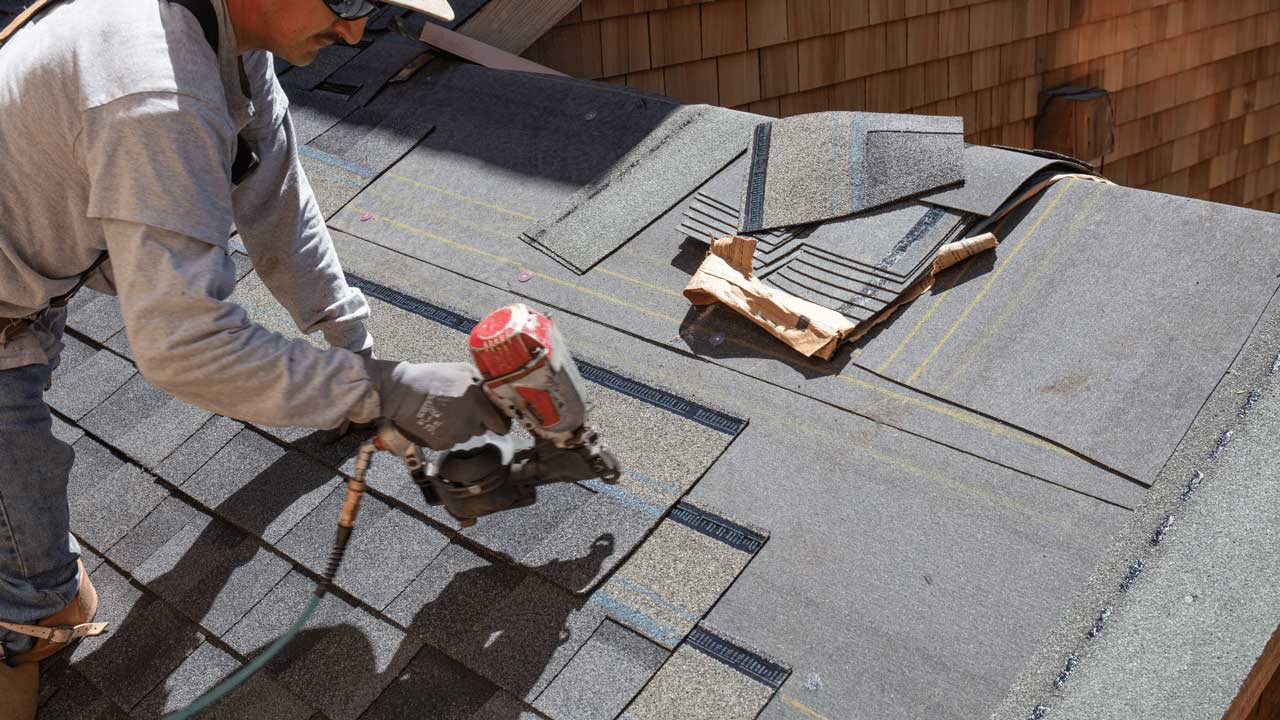Homeowners often face the dilemma of when to replace their home’s shingles. When should a homeowner consider replacing the roof’s protective layer?
Many factors can influence this decision, such as weather conditions, age of shingles and quality of installation. This article will explore these considerations in order to provide homeowners with an informed approach for deciding whether or not it is time to replace their home’s shingles.
In many cases, there are warning signs that indicate it may be necessary to replace the shingles on your home. If you experience deterioration due to extreme temperatures or other environmental factors, then replacement may need to be considered.
Additionally, if the current shingle system has been in place for more than 20 years, this could also signal that it is time for new material.
Finally, if you have experienced any type of storm damage or poor workmanship during installation, then replacement would likely be recommended.
Warning Signs Of Deterioration
It is important to be aware of the warning signs of deterioration for home shingles, so that replacement can be considered when necessary.
One key sign to look out for is sun exposure. Prolonged direct sunlight on asphalt roofing materials can cause them to fade and wear down more quickly than normal, ultimately leading to a need for repair or even complete replacement.
Algae growth is another tell-tale sign that it may be time to think about replacing your shingles. Algae will often appear as dark streaks on homes in warm, humid climates and are caused by spores blown onto the surface from nearby trees and shrubs. Over time, these algae colonies can grow larger and spread over other parts of the roof, leading to an increased risk of water damage due to trapped moisture beneath the shingle layers.
It is thus essential to inspect your home’s exterior regularly for these common indicators of deteriorating shingles so you can make sure your property remains properly protected from the elements.
Effect Of Extreme Temperatures
The sweltering summer sun beats down on the roof of a home, gradually breaking down the shingles that protect it from the elements. Even with regular maintenance and weatherproofing, extreme temperatures can take their toll.
Homeowners should keep an eye out for signs of wear and tear such as curling or buckling shingles, bald spots or missing granules, dark streaks from algae growth, and other changes in overall appearance. In addition to visual inspections, homeowners should have their roof inspected by professionals when temperatures begin to reach extremes; any damage discovered early will help prevent more serious problems later on.
Proper care throughout all seasons is essential for maintaining long-term roof health and keeping costs low.
Age Of Shingles
The effects of time and weather on home shingles can be devastating. Age, ozone exposure, and wind resistance are all key indicators as to when it might be necessary for homeowners to consider replacing their current roof with new ones.
As shingles age, they become more vulnerable to damage from the elements such as rain, hail, snow, and heat. This is especially true in climates that experience extreme temperatures or frequent storms.
As they degrade over time due to prolonged contact with ultraviolet radiation from the sun combined with ozone exposure in the air, the asphalt granules which provide protection against water infiltration will wear away much faster than expected.
Wind resistance plays a role too; high winds can tear apart aging shingle materials quite easily if there’s not enough adhesion between them.
Quality Of Installation
The age of shingles is an important factor to consider when evaluating the need for roof replacement. However, it’s not just age that should be taken into account; other factors like quality of installation and presence of any defects can also play a role in determining whether or not replacing your home’s shingles is necessary.
When inspecting the installation of existing shingles, ensure that proper waterproofing measures were taken as this will help protect against leaks and water damage.
Additionally, adequate ventilation must have been provided during installation to prevent issues such as condensation buildup and mold growth inside the attic due to excessive humidity.
If these components do not appear to have been adequately addressed, then replacing your home’s shingles may become necessary in order to avoid costly repairs down the line.
Storm Damage
The consequences of a severe storm can be catastrophic for homes not adequately weatherproofed.
Hail storms, in particular, are especially damaging to unprotected roof shingles and other home exteriors.
To protect against such events, homeowners should consider replacing their shingles with those designed to provide hail protection and ensure that all parts of the exterior are properly weatherproofed.
Not only will this help prevent damage from future storms but it can also improve energy efficiency by preventing air leakage around windows and doors as well as through cracks or gaps in the siding.
Taking these steps now is essential to ensuring your home’s longevity and protecting its value over time.
Poor Workmanship
Storm damage to shingles can be caused by strong winds, hail, and other extreme weather.
In addition to storm damage, poor workmanship on the part of a roofer may also necessitate replacing shingles. This includes improperly installed shingles that fail to protect the underlying structure from water infiltration or mold buildup due to insufficient sealing around flashings and penetrations.
Furthermore, prolonged solar exposure can cause shingle materials to degrade over time, resulting in cracking and curling which will ultimately require replacement.
As such, it is important for homeowners to regularly inspect their roofs for signs of aging and general wear-and-tear as well as any potential damages from storms. If left unaddressed, these issues can lead to costly repairs down the line or even more serious problems like structural deterioration.
Benefits Of Replacing Shingles
Replacing shingles on a home can provide many benefits, starting with cost savings.
An old roof will eventually require repairs or even replacement after extended exposure to the elements. By replacing shingles before they become damaged and need repair, homeowners can save money in the long run.
Additionally, energy efficiency is improved when new shingles are used that reflect light instead of absorbing it like older varieties did; this helps to keep homes cooler in summer months, reducing air conditioning costs.
When considering whether to replace existing shingles, homeowners should research their options carefully and compare the costs versus potential savings over time.
Durability and warranty coverage should be considered as well; certain types of asphalt roofs offer warranties up to forty years while some metal roofs come with an impressive fifty year guarantee.
Taking into account all factors involved allows households to make informed decisions regarding their rooftops that best suit their needs now and in the future.
Conclusion
Replacing shingles is a major home improvement project and should not be taken lightly. Homeowners must consider several factors when determining whether it is best to replace their shingles.
Warning signs of deterioration, effect of extreme temperatures, age of shingles, quality of installation, storm damage, poor workmanship and the benefits of replacing shingles all need to be examined before making this decision.
By doing so carefully homeowners can ensure they make an informed choice that will suit their needs while providing protection for their home in the future.


